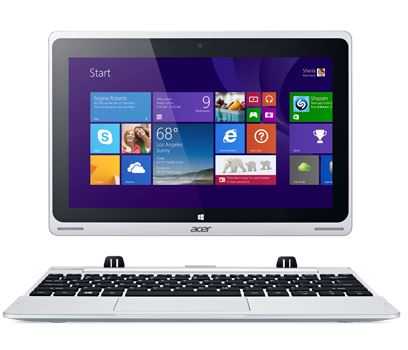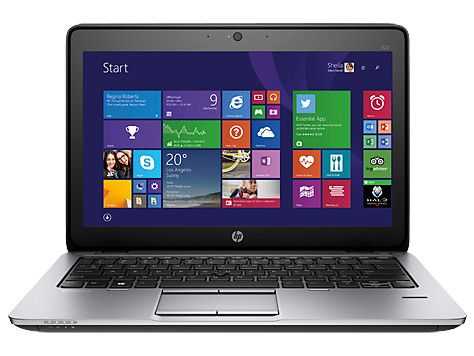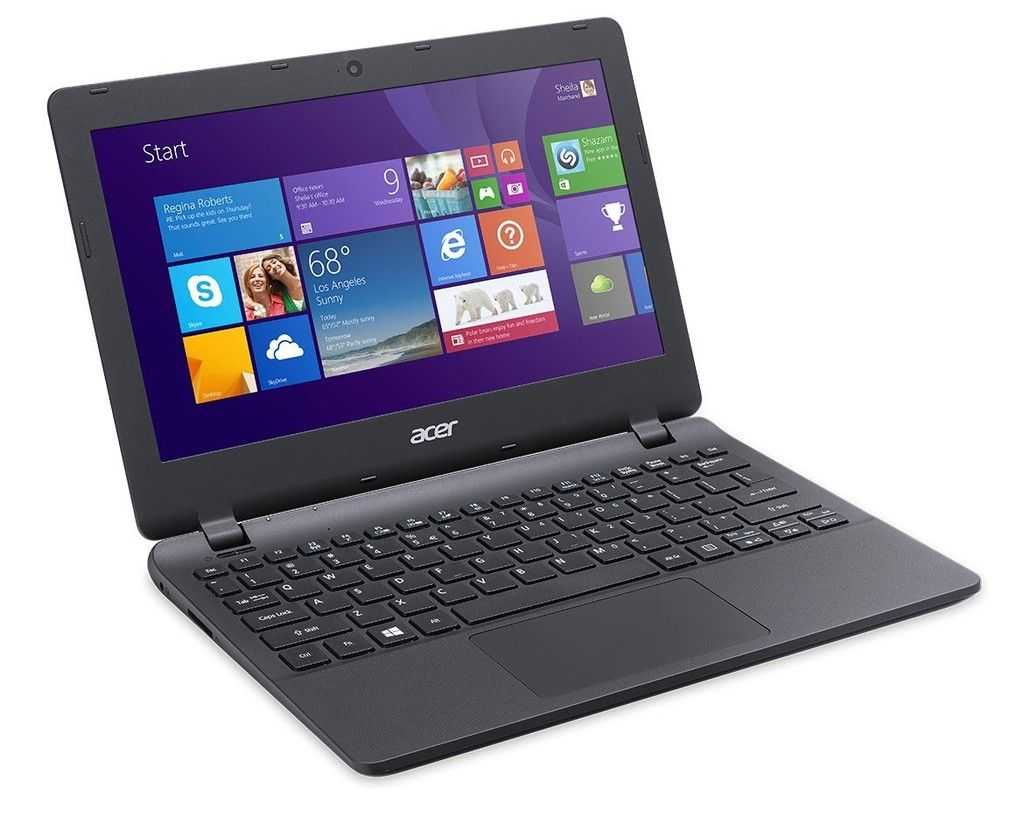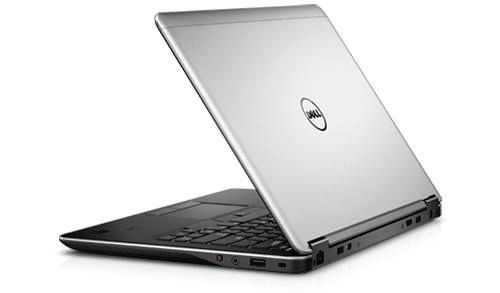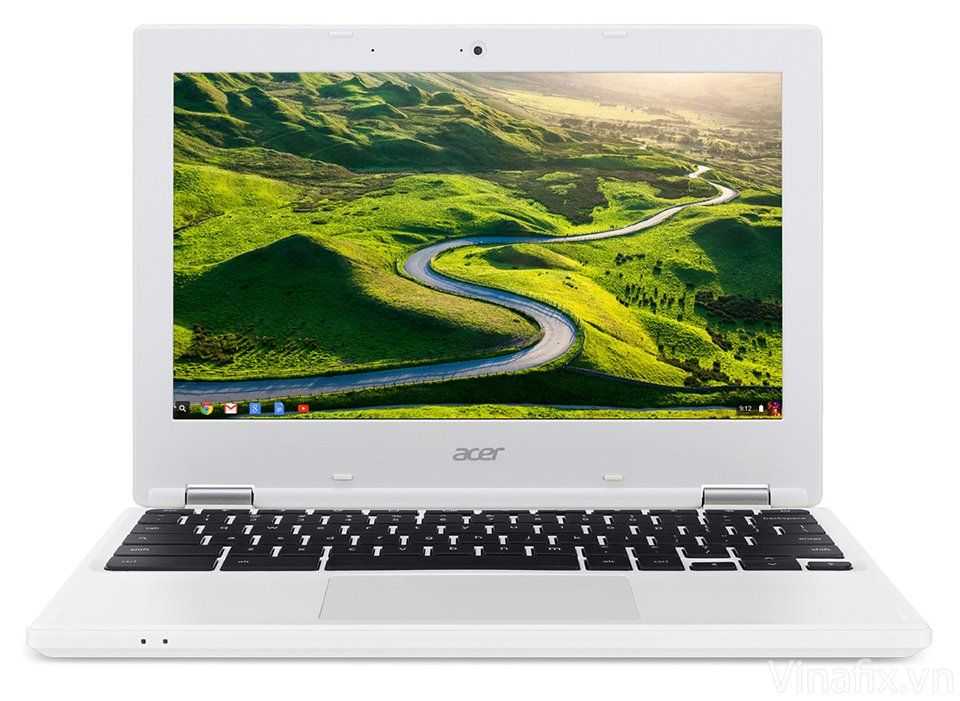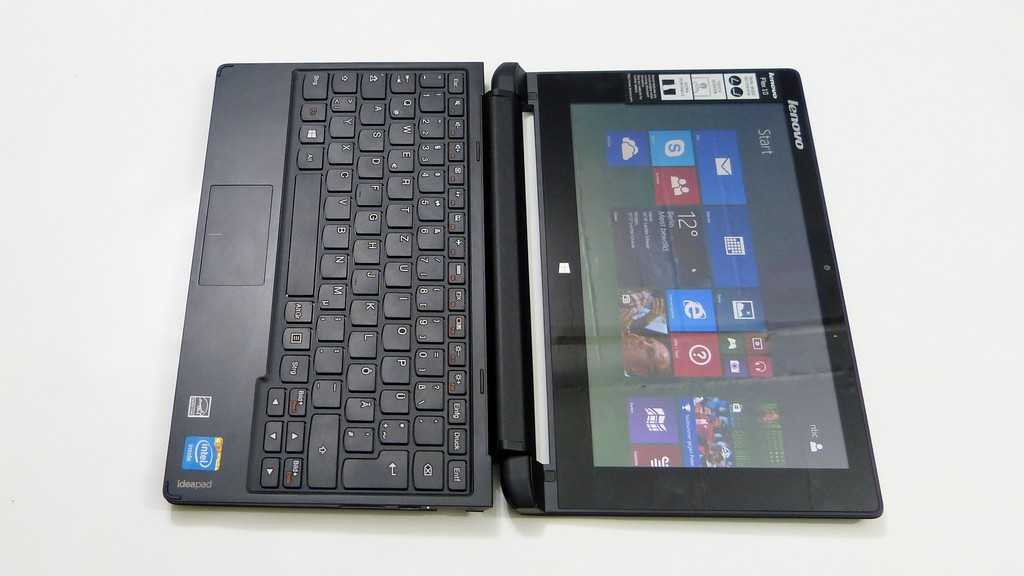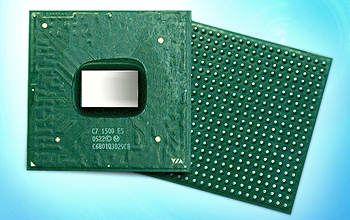 Both VIA and Intel have developed ranges of ultra low-power CPU’s and some of these CPU’s are now being used in devices coming out of the Origami project. Here’s my technical overview of the CPU’s and chipsets.
Both VIA and Intel have developed ranges of ultra low-power CPU’s and some of these CPU’s are now being used in devices coming out of the Origami project. Here’s my technical overview of the CPU’s and chipsets.
Intel are offering the Pentium-M and Celeron-M low-voltage CPU’s. The devices that run at the 1Ghz mark have thermal design power (TDP) requirements of 5-7 watts. TDP roughly equates to ‘maximum power needed.’ The Celeron-M devices are Pentium-M devices with a reduced L2 cache and importantly, speed-stepping removed. They are offered as a lower cost alternative to the Pentiums saving something in the region of $80 in component costs to the manufacturers. In real terms, it means that the Celeron uses more power than the Pentium and that it could be slower in some operations.
VIA are offering the C7-M ultra low voltage (ulv) CPUs. The devices run at 1Ghz have a TDP figure of 3.5-5 watts. The C7-M is starting to appear in laptop products now but the version to be used in the Origami devices is the ULV version (ultra low voltage.) and as its such a new part there are no products out yet and no test results available. The SmartCaddy ultra mobile PC is the first product that will use the C7-M ulv processor.
Historically, the VIA devices have underperformed in comparison to the Intel devices and it looks like it will be the same with the C7-M. Via state “15% more powerful per Watt than an Intel Pentium M inch which, because of the lower power of the device, translates to it having around 75-80% of the power. In general use that might not really be noticeable and in addition, the VIA CPU has a few tricks. Firstly, it has an extremely low minimum power requirement of 0.1 watt. One can imagine that this is only used in standby operations or certain sleep modes so it might not translate to better battery life when in use. The second feature is dual phase locked loop (PLL) clocks. This allows the CPU to set up one clock while the other is still being used to drive the processor speed and then rapidly switch from one clock speed to the other. Other processors with speed stepping functionality usually have to wait for the clock rate to adjust before resuming operations. I have read that this can reach up to 15,000 clock cycles a noticeable pause. Finally, VIA has incorporated the ‘Padlock’ co-processor which can generate random numbers and help with AES encrpytion. This isn’t really going to help much for the average user although it could help if one wanted to run an encrypted hard drive.
The supporting chipsets.
A PC architecture is made up of a number of chipsets, not just the CPU. The ‘northbridge’ and ‘southbridge’ chips are common to x86 architectures and these do a lot of work in controlling main and video memory (northbridge) and peripheral devices and busses (southbridge.) The northbridge is sometimes combined with a graphics co-processor and these can be very power hungry devices. In all ultra mobile PC devices so far, the northbridge has an intergrated graphics co-processor.
Intel offer a number of chipset solutions. The one that we’re seeing in the Origami devices is the 915GMS chipset. This chipset has a 400mhz front side bus, supports 2GB Ram, integrated GMA900 graphics, high definition audio, usb2.0.
Via’s offering is the VN800 and VT8237 combination as its solution. It has a 400/533 or 800mhz FSB, supports 4GB of RAM and graphics is provided by the Unicrome pro graphics processor. Via also include the Via vinyl hi-def audio solution a TV encoder, hardware-assisted MPEG2 decoding and de-interlacing. A version of the chip also supports MPEG-4 decoding and recently announced is a combined package containing the two chips in one device. This should enable further miniaturization.
There’s very little to choose between these two chipsets. They are both ‘low-power’ and thats the most important consideration for the Origami devices in my opinion. There will of course be small performance differences and possibly the VIA chipset has an advantage where video is concerned with its decoding capability and TV-out capability. Graphics power is going to be very dependant on how the software is written and we’ll have to see how the test results come out in a month or so.
Via or Intel CPU?
On the face of it, VIA looks to have a strong offering for ultra mobile PC devices. With their lower power, faster speed-stepping and integrated MPEG and TV outputs theres some significant advantages. On the other hand, the Intel Pentium CPU is going to be the more powerful choice. The Celeron is going to be cheap but with its lack of speed-stepping, is going to be probably the most power-hungry of the CPU’s.
You can probably get a feel for my personal favorite from this report. I’ve been a supporter and user of VIA products for a few years now and have always been impressed at their effort to reduce power while others were fighting a pointless battle between 2 and 3Ghz. I have been running a ‘quiet’ PVR on a C3 1Ghz processor for the last couple of years and its been perfect for the job.
In my next report i’ll be looking further into power-useage on ultra mobile PC devices.
[update: the ultra mobile PC power report has been published and is available here]
Keywords: umpc, carrypad, intel, via
V1.0. 14th March 2006.






